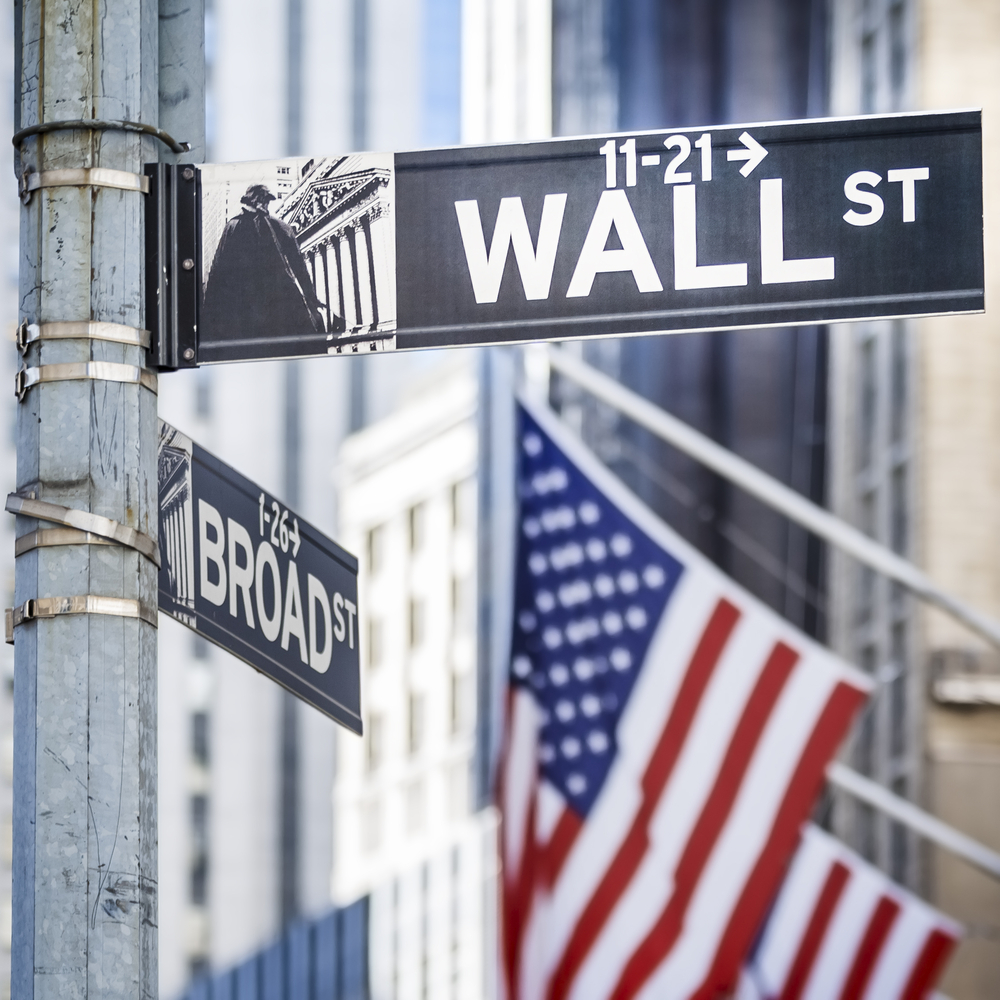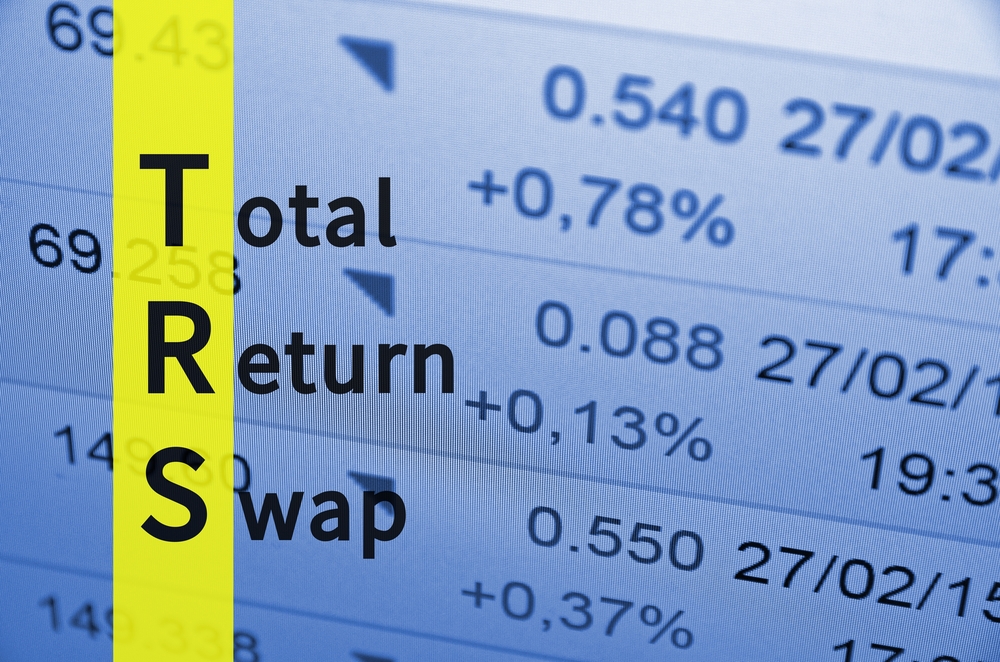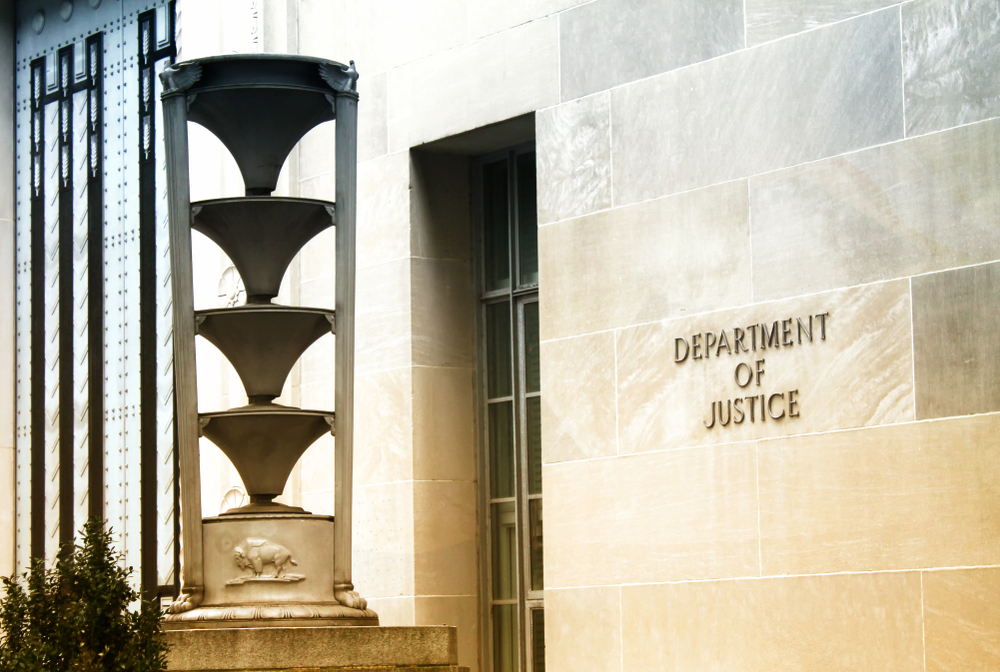As if things couldn’t get any worse for blown-up hedge fund manager Bill Hwang, today U.S. Justice Department prosecutors in New York City sent information requests to several of the banks that provided Hwang leverage.
Such requests are a sign of a much larger investigation brewing within the DOJ, as investigators scramble to piece together the sordid tale of a $30 billion fund going belly-up overnight.
In March, the unwinding of Hwang’s positions in ViacomCBS and Discovery led to a massive fire sale, causing the stocks to lose nearly two-thirds of their value, and forcing Hwang’s prime brokers to take massive losses on the chin.
Credit Suisse lost $4 billion, Japanese bank Nomura lost $2 billion, while a spattering of other brokers Hwang dealt with also took significant financial blows.
But the way Hwang designed his portfolio was very unique, setting the stage for the collapse in a way only he could imagine.
So what happened to Bill Hwang and Archegos?
Traders can learn a lot from examining some of Hwang’s practices.
If you can identify what went wrong, maybe you can avoid trading stocks tied up in similar situations in the future.
Table of Contents
Robertson’s Protege

Image credit: Marcio Jose Bastos Silva/Shutterstock.com
Hwang’s career started out working for Wall Street legend Julian Robertson.
Robertson initially spent 22 years working in many different sales positions at investment banks before founding his own fund, Tiger Asset Management, in 1980.
But Robertson knew he couldn’t do it alone, and that he needed a team.
So in a real-life sequence of events that could stir envy within the writer’s room of “Ocean’s 11,” Robertson hand-selected a wishlist of the most stone-cold killers on Wall Street and, one by one, poached them from their employers.
One of these traders was a bespectacled young man from South Korea with a special knack for analyzing businesses and equities, particularly those hailing from Southeast Asia.
His name was Bill Hwang.
Hwang and his ragtag band of fellow risk-takers were right at home under the tutelage of Robertson. Up and through the mid-1990s, the fund was seemingly unstoppable, delivering annualized returns of 32 percent.
This was because they were running massive leverage.
If their portfolio continued to rise, they looked like geniuses. But as any experienced trader knows…nothing lasts forever in equity markets. It wasn’t long before the fragility of Tiger’s strategies was laid bare for the world to see.
Misguided and poorly timed bets against the Japanese yen and the U.S. Dot-com bubble led to extreme losses for Robertson’s fund in 1998 and 1999. They were simply too large to reverse.
By the end of October 1999, Tiger’s cumulative losses for the prior two calendar months exceeded $5.5 billion.
By March of 2000, Tiger Asset Management was shuttered for good, and Hwang was out of a job.
Tiger Asia Opens Up
As the Tiger offices in New York were dismantled and the editorial postmortems composed, the “Ocean’s 11” band of traders from earlier found themselves, newly-minted free agents.
Terrified of becoming a bored civilian, Robertson felt one of the best ways to stay indirectly wired into the market would be to select his best-performing traders from the fund, who he affectionately referred to as his “Tiger cubs,” and fund their solo ventures.
This would be doubly beneficial for Robertson — he could get his taste of the profits while dissuading rivals and competitors from snatching up the crown jewels of his roster.
Though still scarred by his clobbering at the hands of Japanese markets, Robertson knew he wanted a foothold in Asia, and among his pack of cubs, there was only ever one seriously considered to helm the new office.
Bill Hwang officially founded Tiger Asia Management in 2001, and once he was bolstered by Robertson’s financial support and personal playbook, the first thing he did was re-establish connections with his most spendthrift prime brokers and secure gargantuan leverage.
Within a few short years, Tiger Asia was one of the biggest Asia-focused funds on the planet.
Now this is where the story gets more difficult to tell, as a simultaneously frustrating and intriguing aspect of Hwang is the privacy he enshrouds all of his investment activity beneath.
It’s challenging to find any reliable information on what Tiger Asia was trading or what strategies it employed in its first years of operation.
But sometime between the fund’s peak of $5 billion in assets under management and the late 2000s, as The Great Recession took hold and traders became desperate for creative ways to speculate, Hwang and his partner Raymond Park began trafficking in black edge, or non-public insider information.
In 2008, according to court documents, Tiger Asia “received advance information on UBS AG’s sale of 3.4 billion Hong Kong-listed shares of Bank of China Ltd. in December 2008 after agreeing not to trade on the knowledge” as well as “acted on similar information regarding a Bank of America Corp. sale of China Construction Bank Corp. shares in January 2009.”
The profits generated from the illegal trades amounted to $4.9 million in profits for Tiger Asia, which compared to their assets under management would be like finding a quarter on the sidewalk.
And so, like many trading on privileged information before them, Hwang and Park were lightly slapped on the wrist and ordered to pay fines microscopic relative to their net worths.
Regardless of their lenient sentencing, the reputational stain of pleading guilty to insider trading proved too great for Tiger Asia to overcome, and the fund finally dissolved and returned all investor funds in 2012.
Ulterior Motives

Editorial credit: Ira Lichi / Shutterstock.com
But the maestro had an ulterior motive and wasted no time converting Tiger Asia into a family office — a term commonly associated with funds that only manage their own personal capital.
He re-christened the fund Archegos, and yep, you guessed it, levered up. Soon his $5 billion grew to $10 billion, and not long after that his $10 billion had swelled to $30 billion thanks to a generous 3–1 margin extended by his primes.
For the following eight or so years, Hwang existed perfectly in his element, quietly trading his capital away from the scrutiny of wealthy clients or snooping government entities.
Another perk of family office management, and one that complimented Hwang’s privacy predilections beautifully, was that because he didn’t manage outside capital, Hwang was no longer required to make federal regulatory disclosures into his trading activity.
The only exception to this would occur if Hwang accrued a position that amounted to 10 percent or more of the total outstanding float of a company. In these instances, an individual or fund must disclose that they own such a large piece of a single business.
But Hwang was now a convicted felon, a hardened white-collar criminal who believed rules were meant to be broken.
The reason no one noticed, and the answer as to why Hwang’s trading history has been so obscure since he broke out on his own so many years ago lies in his use of complex instruments known as total return swaps.
What Are Total Return Swaps?

Image credit: g0d4ather/Shutterstock.com
Total return swaps are an agreement between an investor (usually a massively-levered hedge fund) and a prime broker, wherein by agreeing, the investor is granted risk exposure to a portfolio of stocks or other risk assets in exchange for a fee.
So instead of being required to personally purchase however much equivalent risk exposure the investor would like, they instead opt to pay the bank a comparatively nominal toll for equal or synthetically similar exposure to the risk.
If the portfolio rises, this is exceptionally advantageous for the investor, as they can put all of that excess capital they aren’t personally investing to work elsewhere while collecting installment payments from the bank.
They get all upsides, with none of the negatives associated with having that much liquid capital parked in one place.
They can have their cake and eat it too…
If you’ve ever wondered why many hedge funds are so remarkably successful compared to retail traders, knowledge of and access to these sorts of leverage tools is a contributing factor.
Just like when Robertson was running massive leverage at Tiger Asset Management, the problem arises when the portfolio doesn’t.
If the assets slump, or worse, implode, then the bank will call the investor and ask for payment or collateral.
This is called a margin call, and mysterious trades in March would eventually lead to a slew of them for Hwang.
An Internet Mystery
In the months leading up to the collapse, someone had been secretly accruing supermassive positions in several highly speculative stocks.
But for many long weeks, the ascension of these tickers was an internet mystery.
The charts were all eerily similar: ViacomCBS (VIAC), Discovery Inc. (DISCA), Baidu Inc. (BIDU), GSX Techedu Inc. (GSX) — each one chugging consistently higher on impressive volume.
But the aspect that caught the eye of close observers was the end-of-day block trades. The size of the blocks (which were purchased like clockwork towards the end of most trading days) indicated a single buyer snatching up multibillion-dollar tranches of all of four of these equities…
…day… after day… after day.
With no major institutions or hedge funds taking credit for the positions, online speculation began to grow about the “mysterious trader” gobbling up significant equity portions of publicly traded companies on the open market with no one knowing their identity.
How was this wealthy individual, or shadowy hedge fund, building such gargantuan positions without making regulatory disclosures?
How were they staying anonymous?
The Secret Comes Out
They got their answer just a few short weeks later when the share prices started to crater.
News outlets began to break the story of Archegos’ sudden collapse early the following Monday and the tale was quickly written in stone, etched into the hallowed halls of Wall Street lore forever.
As the story goes, Hwang was the mystery trader, and he had been staying under the radar through his use of swaps.
The special alchemy of anonymity and free credit that the swaps provided allowed Hwang to amass colossal positions, with his stake in ViacomCBS alone reaching close to 35 percent of the total float at its peak.
But remember he was operating on 3-1, perhaps even 5-1 margin with some prime brokers, so once the bottom began to fall out, he was doomed to the same fate that befell his mentor decades prior, and the losses were amplified fivefold.
His insatiable thirst for even greater levels of wealth and success outmatched his intellect and experience.
Just like Robertson’s fateful shorts in the late 1990s, Hwang’s long positions grew too large to unload in time and one week later, his fund was destitute.
The Bloody Aftermath

Editorial credit: MDart10 / Shutterstock.com
This brings the tale to the current day — when the DOJ has looked into this story and determined that there is more to discover via the banks Hwang had relationships with.
Investigators could be asking themselves: How was all of this legal?
Are total return swaps an example of a loophole, within which technology has outpaced the law? Or did Hwang commit another crime?
If swaps do represent a porous legal loophole, the Archegos story could lead to new legislation prohibiting future Hwang copycats from taking on such outsized risk.
On the other hand, if the DOJ finds that Hwang did break any laws through his trading over the past year, we could see criminal charges brought against Hwang yet again.
How can traders know if a stock they are buying is tangled up in a gargantuan total return swap if there’s no way to see who holds said swaps?
This is an enormous problem, and likely the impetus for the current ramping up of the investigation into Hwang.
Traders should pay close attention to the story as it develops. The ripples of Hwang’s initial implosion were felt throughout the entire global equity market, and further developments can’t be ignored.
Featured cover image editorial credit: mundissima / Shutterstock.com


